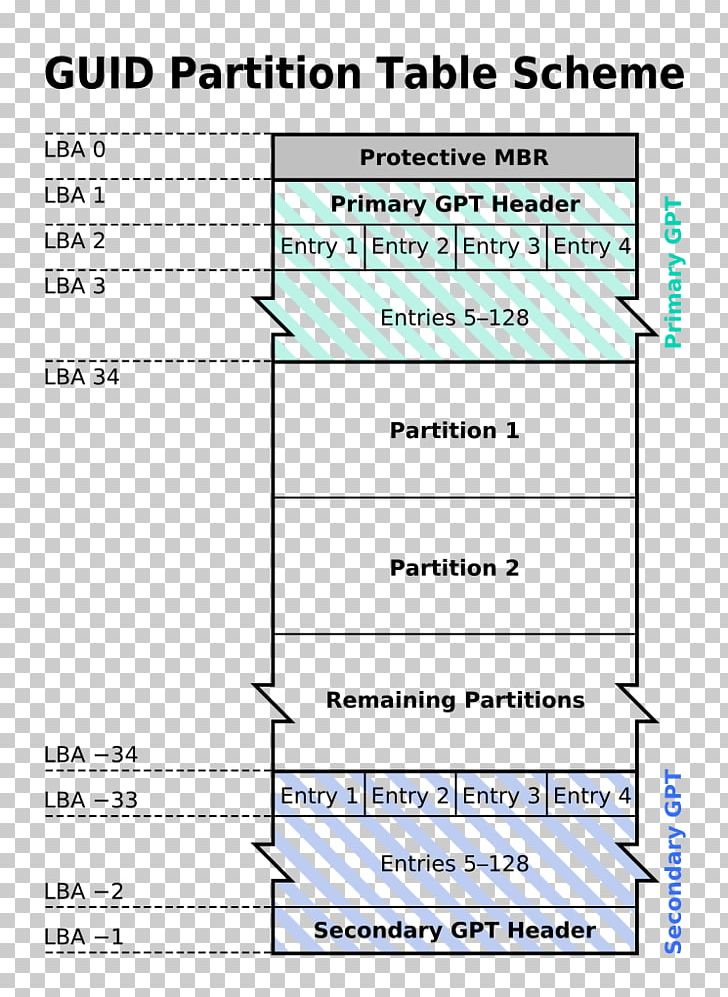

There, you can select the format of the newly formatted hard drive, the name it will show in the list of devices, and add some security options to prevent recovery of deleted data. If you want your Mac to start up again from the volume you just you erased, select Reinstall macOS in the utilities window, then click Continue and follow the onscreen instructions. Select your system drive (usually the first one near the top) and go to the Erase tab.When done, quit Disk Utility to return to the utilities window.Optional: If you previously used Disk Utility to add internal volumes other than Macintosh HD, you can erase them individually using the same process.If this button isn't shown, click Erase instead. Format: APFS or Mac OS Extended (Journaled), as recommended by Disk Utility.Click the Erase button in the toolbar, then enter the requested details:.Select Macintosh HD in the sidebar of Disk Utility.From the utilities window, select Disk Utility and click Continue.If asked, select a user you know the password for, then enter their administrator password.Start up from macOS Recovery: Turn on your Mac, then immediately press and hold these two keys until you see an Apple logo or other image: Command (⌘) and R.


 0 kommentar(er)
0 kommentar(er)
